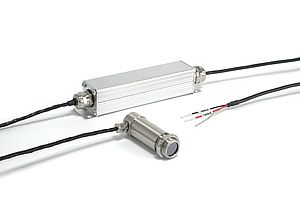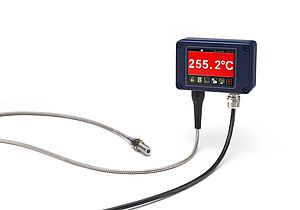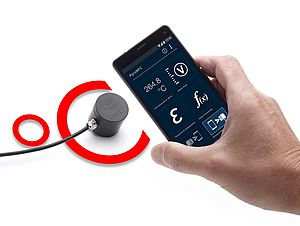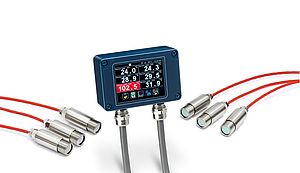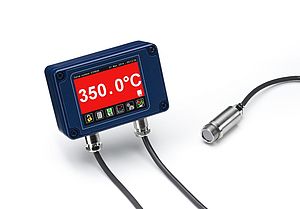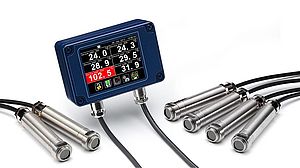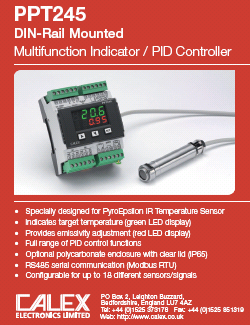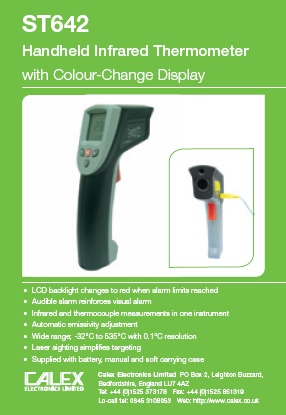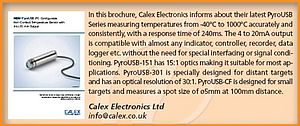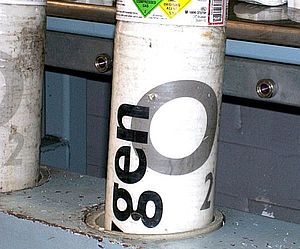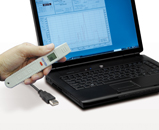This new high-performance pyrometer from Calex enables temperature measurements in the most challenging applications. With a broad choice of temperature ranges, it is now possible to measure targets as low as 100°C – the lowest ever for a Calex fibre optic sensor – and up to 2,000°C, covering a huge range of applications. Three options for measurement wavelength ensure available options for the most demanding applications as for more limited budgets.
With a response time of just 1 millisecond on the analogue output the FibreCube fast enough for almost any purpose
The sensor allows the smallest-ever areas to be measured. Standard optics provide spot sizes as small as 0.4 mm for close-up targets, and other options allow small targets to be measured at longer distances (for example 6 mm at 1 m distance).
Ambient temperatures up to 150°C are no problem. The FibreCube’s miniature sensing head withstands high-temperature applications with no cooling necessary. It contains no electronics, and may be positioned in strong electromagnetic fields.
Installation made easy: the sensor body and head can be detached from the fibre optic cable and the output cable via connectors, to allow them to be fitted easily along cable runs and through conduits. The length of the fibre optic cable may be customised on ordering, with lengths of 1 m to 28 m available depending on the model.
A built-in LED aiming light is included as standard on all models. The light uses the same lens used for the temperature measurement, so it shows the exact size of the measured spot as well as its location.
4-20 mA and 0-1 V DC outputs are provided as standard on all models, along with a configurable alarm output and RS-232 digital communications. Calex’s optional PM030 touch screen interface provides a convenient temperature display, simple configuration of the sensor, and data logging to a MicroSD card.
Applications
The new sensor's applications include steel die manufacturing (e.g. for cutting out sheet materials) – where a small measurement spot size is required near welds; Aluminium profile temperature after extrusion (where target emissivity is highly repeatable); Billet temperature at heater exit in forging applications; Silicon wafer manufacturing for solar cell production; and measuring hot metal parts through a very narrow hole e.g. in high-performance electric motor testing







